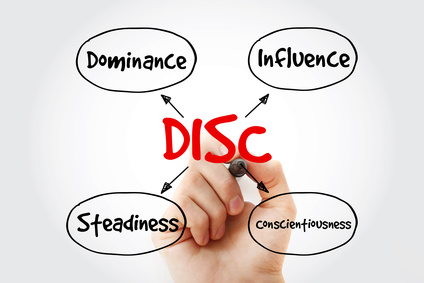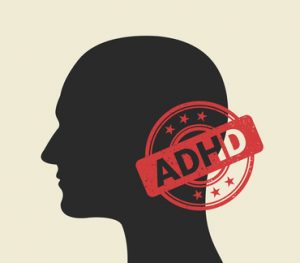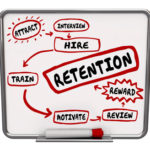The DiSC-Hack – Understanding Personality Profiles to Dislodge Your Leadership Ruts
Have you ever stepped into the waters of personality testing? More and more leaders are finding personality tests such as DISC to be important tools in improving their workplace. The DiSC model of behavior was first outlined by psychologist William Mouton Marston in his 1928 book, “Emotions of Normal People.” Since then the model has been reviewed, updated and modernized, but is essentially the same, looking at four basic styles to describe how people approach their work and relationships. These are represented by the four letters. No one category is better than another. And, nobody is really all one category, but instead a blend.
Dominance (D) – The D Personality Style tends to be direct and decisive, sometimes described as dominant. D’s prefer to be in a leader role, as they are often risk takers, problem solvers and decision makers.
Influence (I) – Influencers are often outgoing, social, and talkative. They are overflowing with optimism, and love excitement. Their enthusiasm can be infectious to others, and therefore make great sales people or motivational speakers. They use their people charms in leadership, and people tend to love them.
Steadiness (S) – S-types are steady as he/she goes, reliable and consistent. Fairness, justice and accuracy are often very important to S’s. Steadiness and security are valued highly. S-style leaders love to stockpile expertise, processes and routines and their followers appreciate that about them.
Conscientiousness (C) – The C DISC Styles are accurate, precise, detail-oriented and conscientious. They think very analytically and systematically, and make decisions carefully with plenty of research and information to back it up. The C has very high standards for both themselves and others. As leaders C-type are deliberate, humble and resolute.
Personality tests can help determine if a team will bond or fracture. Some specific Achilles heels of leadership can be assisted and improved with personality testing. Things like…
- Resolving team conflict
- Engaging employees
- Empowering employees
- Developing leader skills
- Identify ideal roles for team members
- Improve sales skills
- Process improvements




